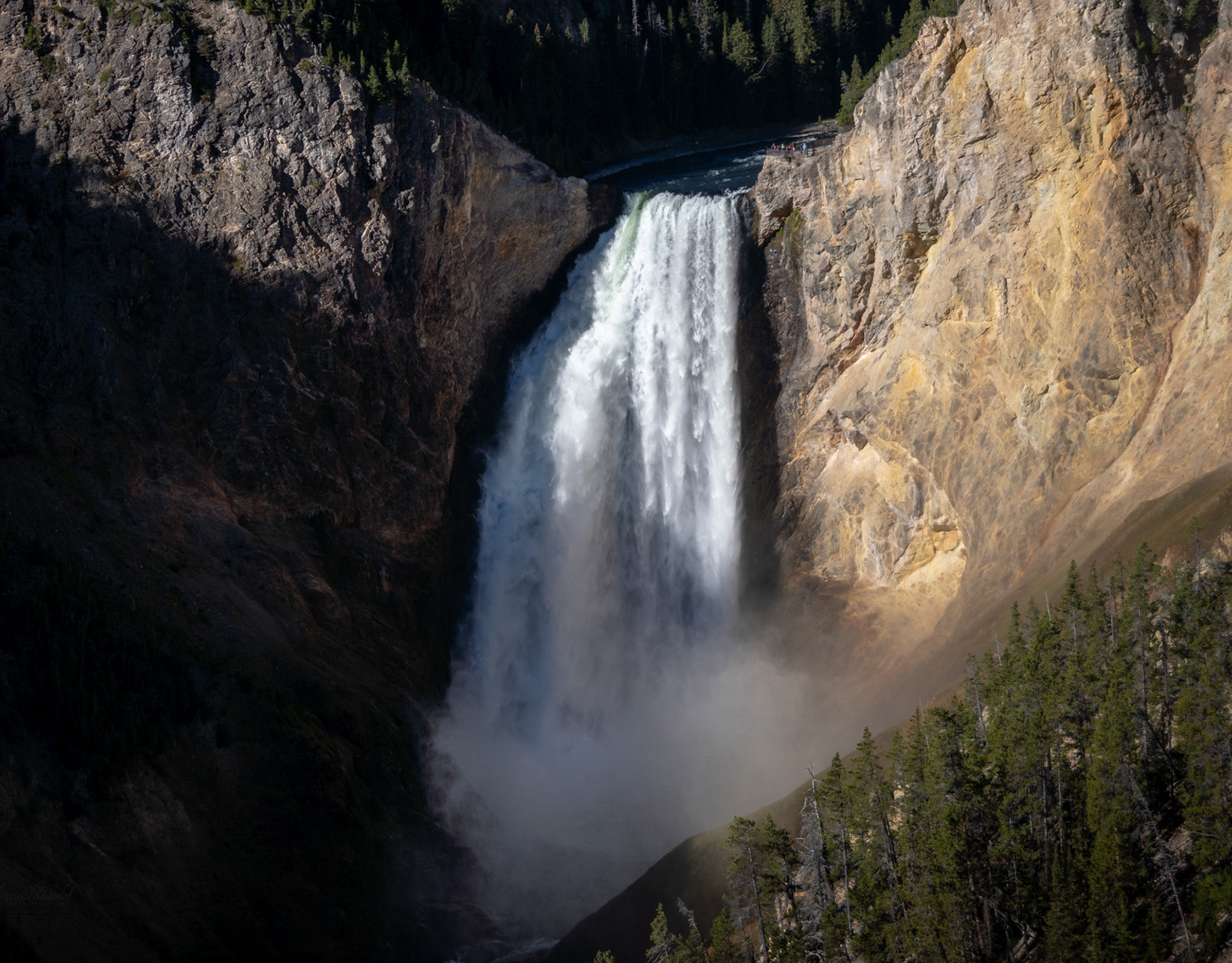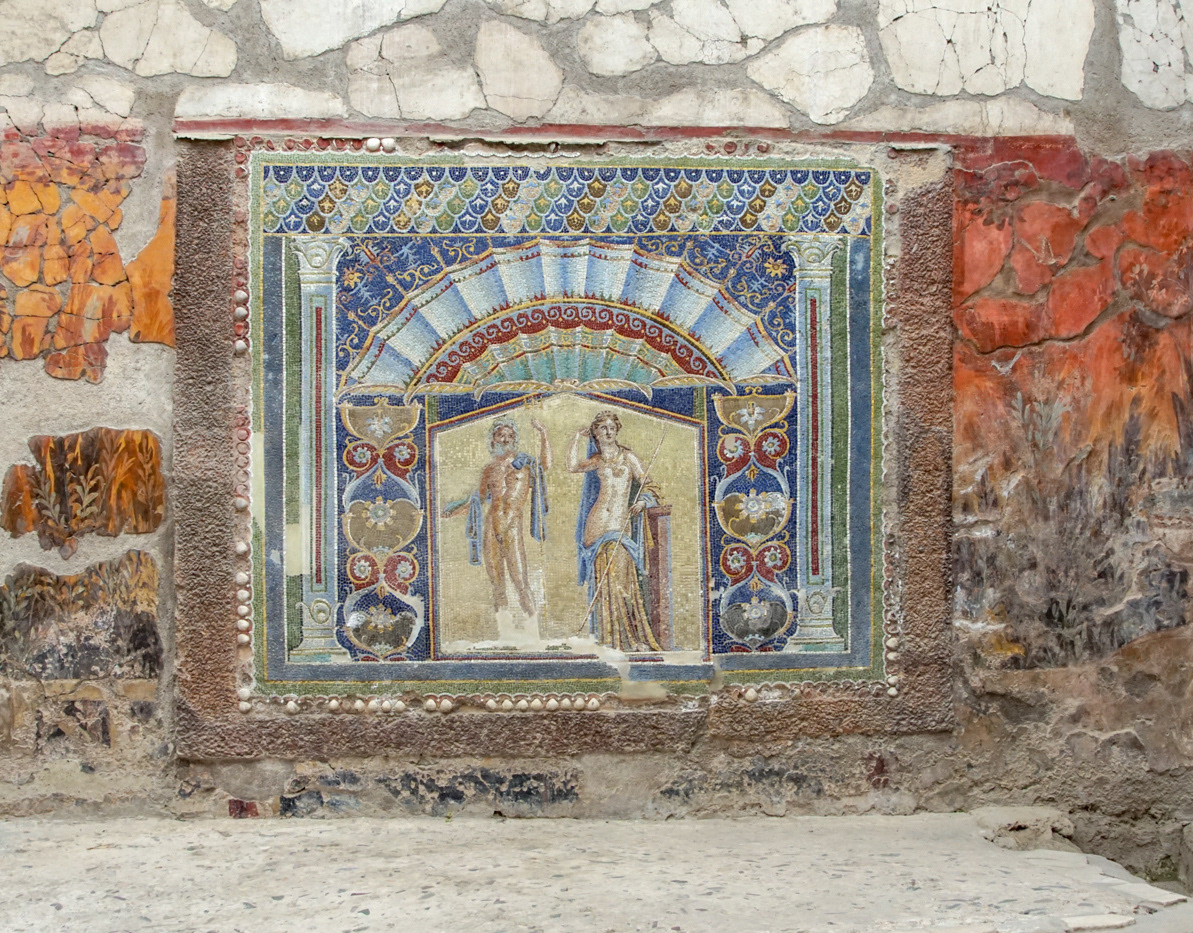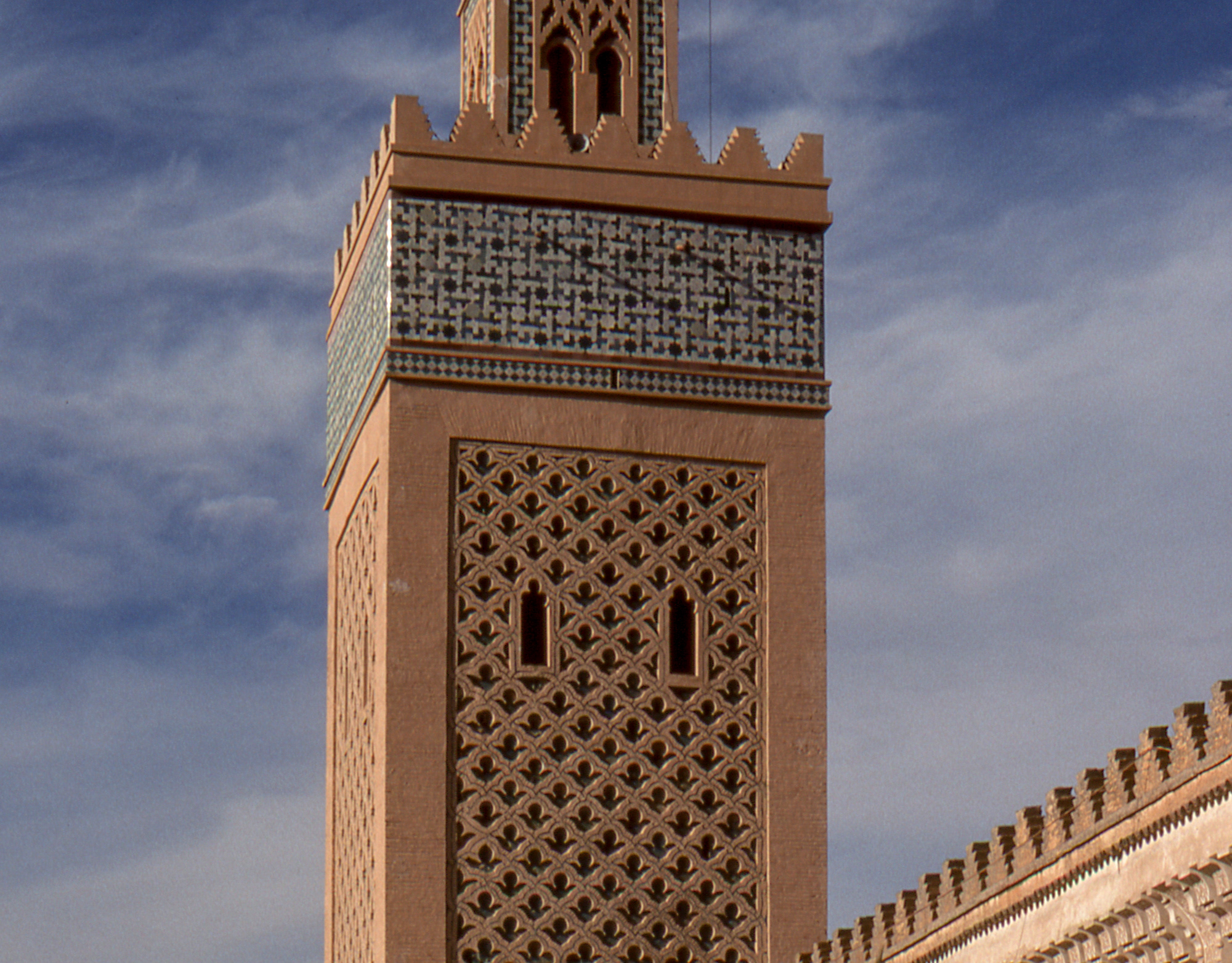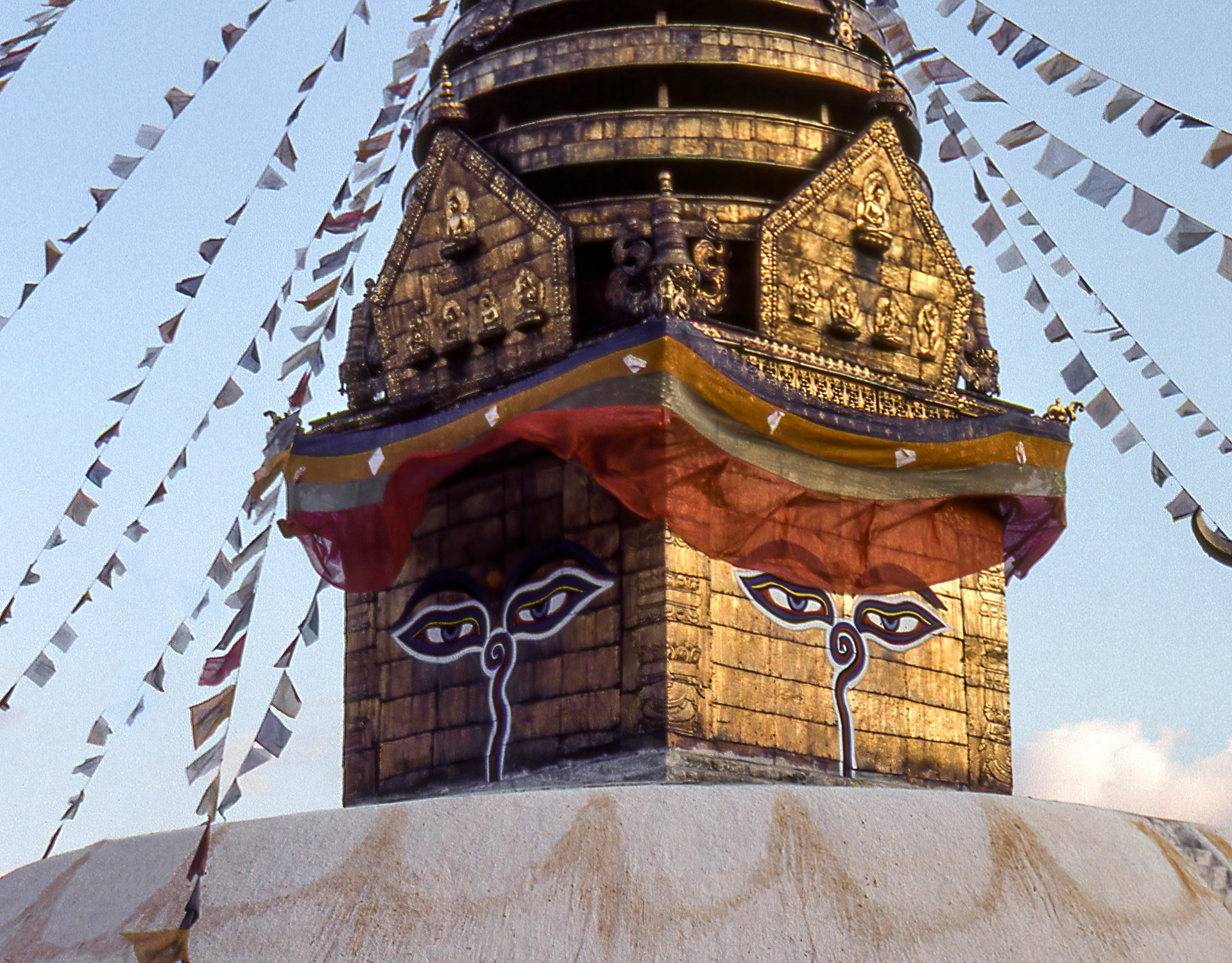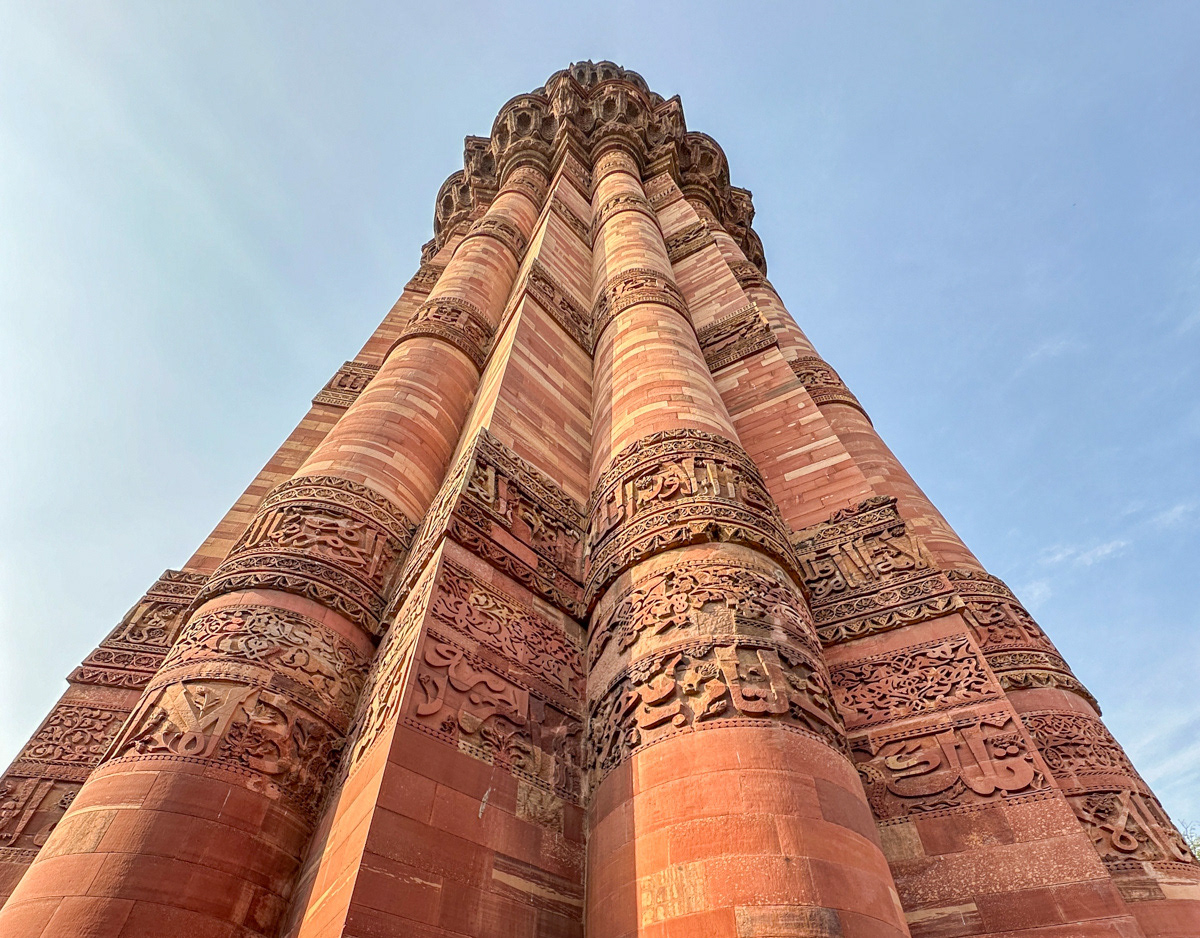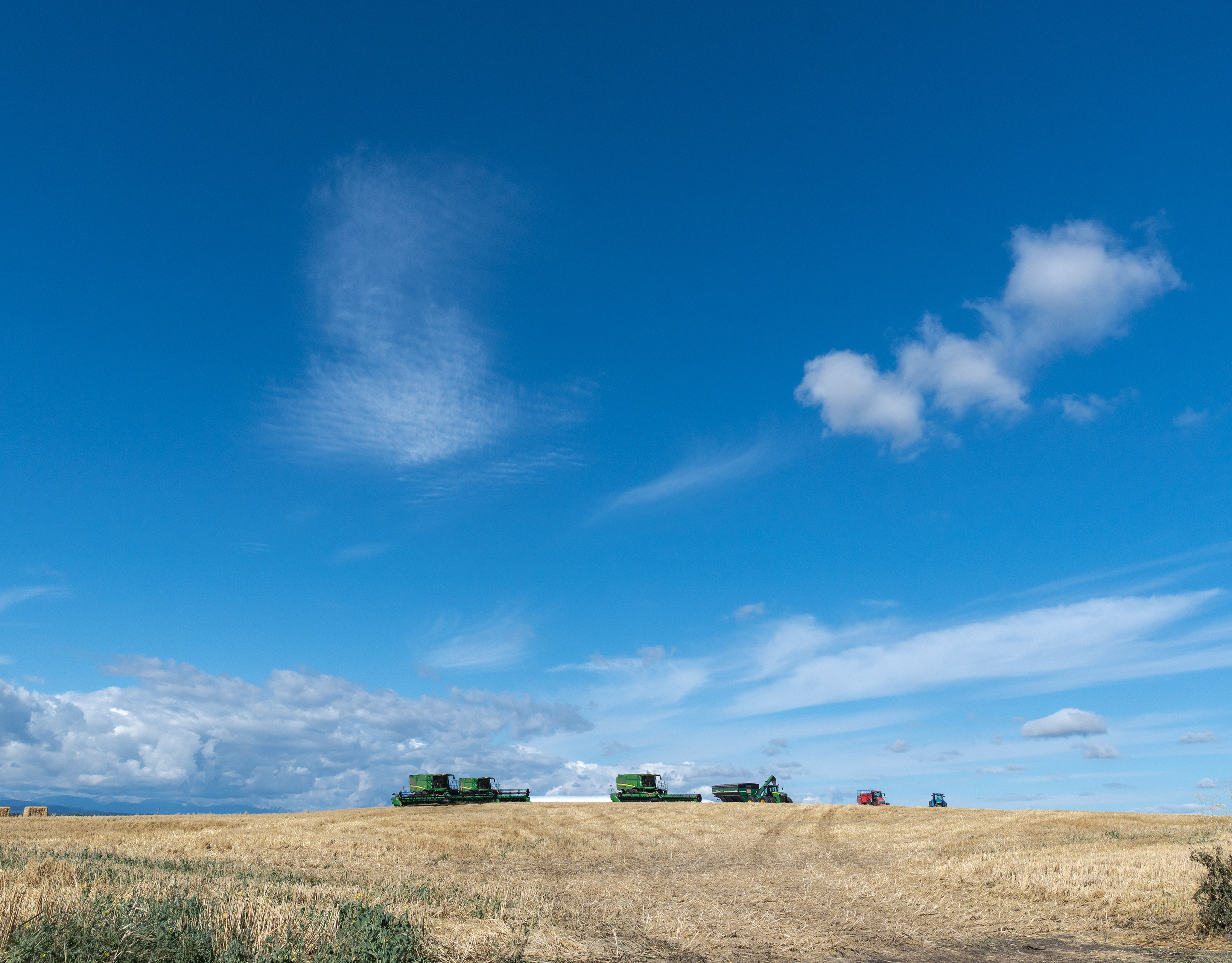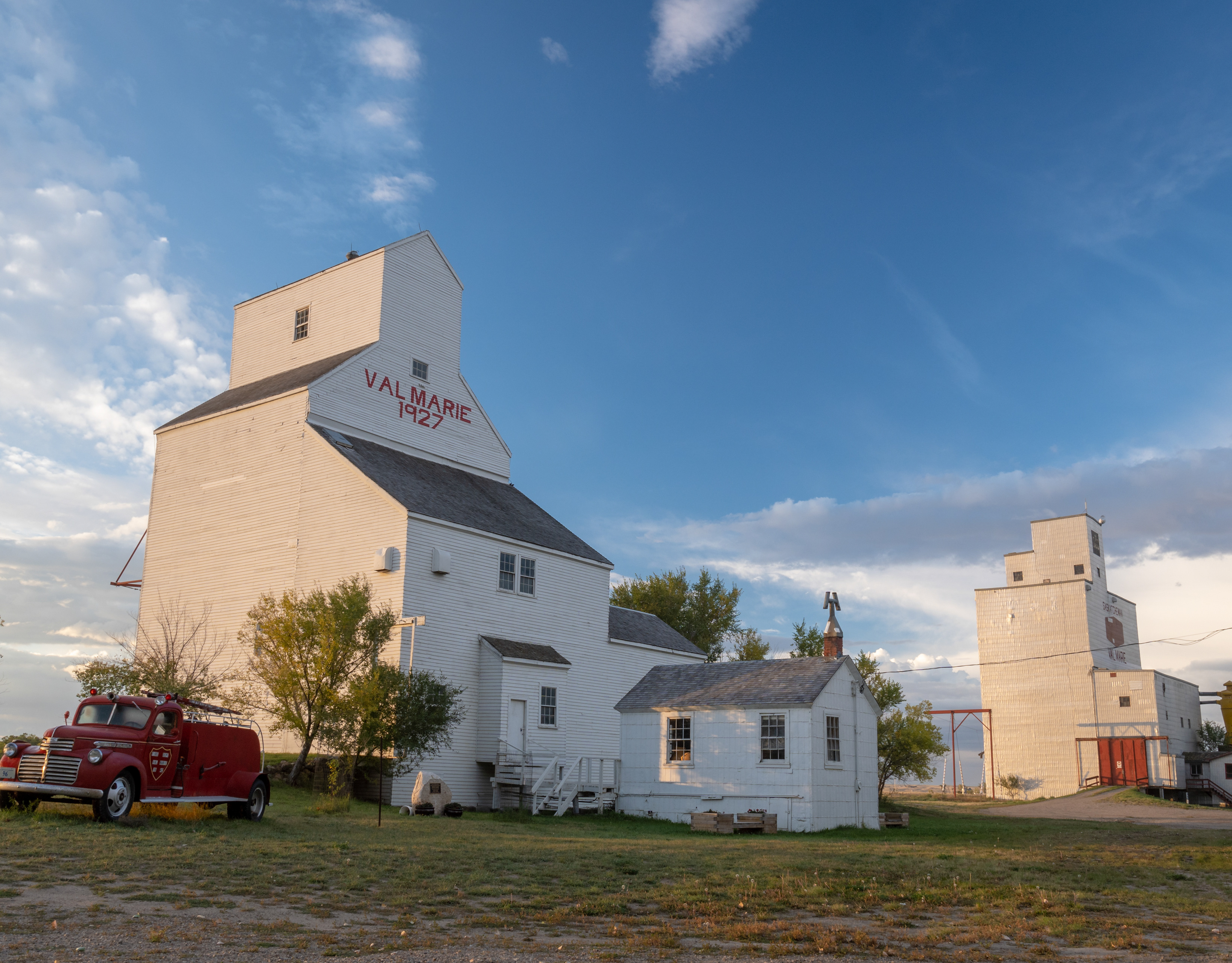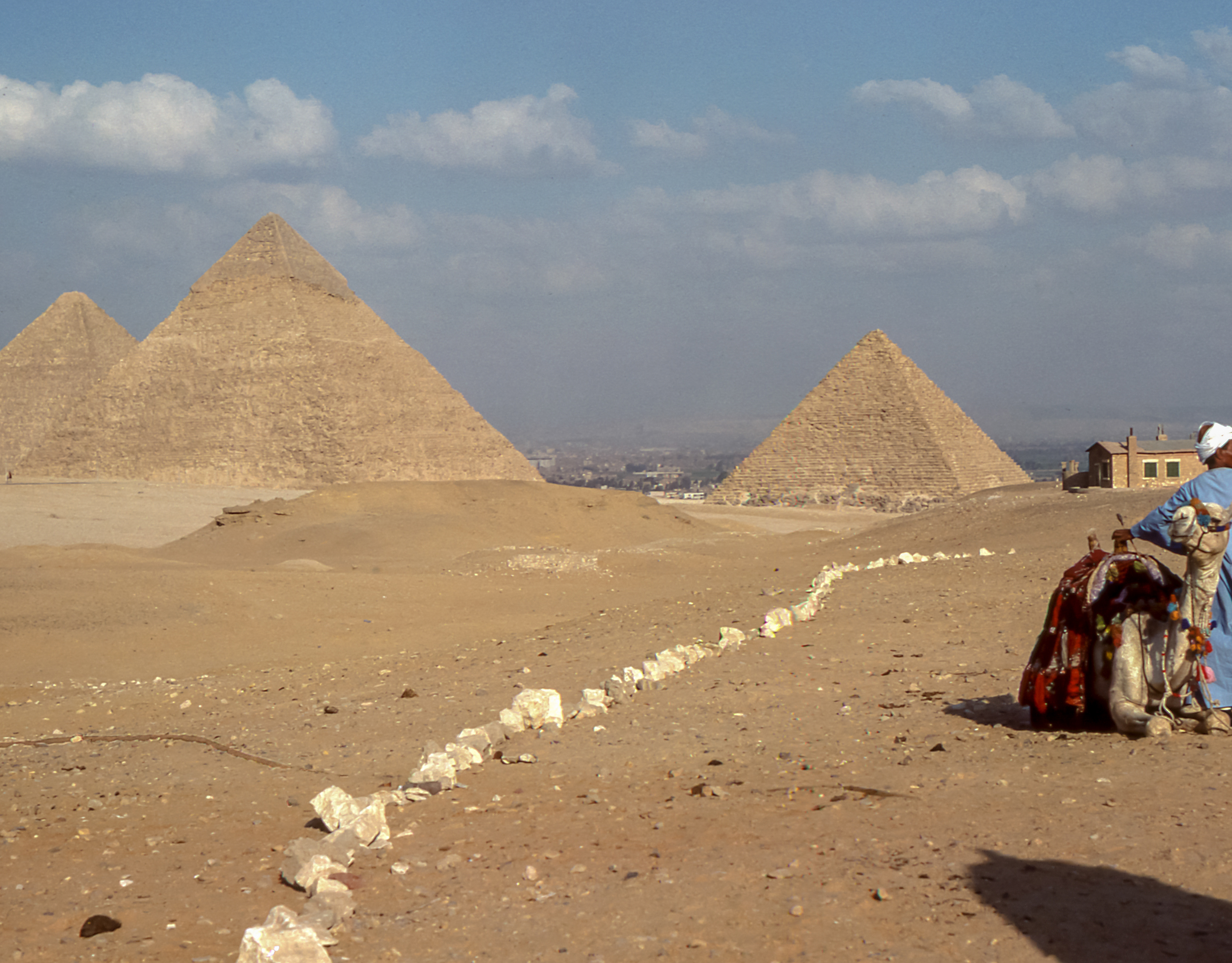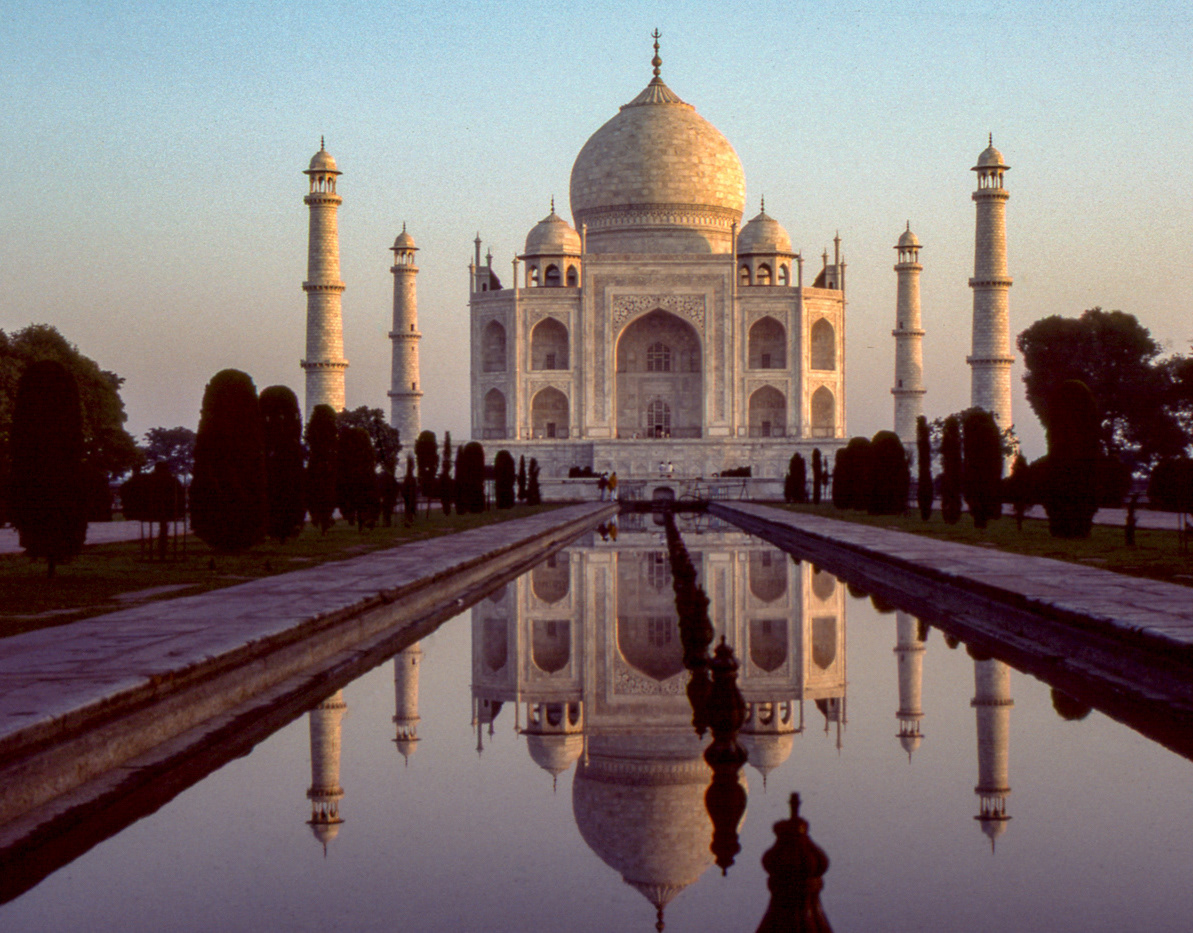




Pollution here hangs in the valley






Coat of Arms of Mexico

Central Courtyard


Toltec Atlas Figure

Toltec Sculpture

Giant stone head of the Olmec civilization

Frieze of Placeres

Mayan Head Mask

Teocalli of the sacred war

Ocelotl-Cuauhxicalli

Moctezuma's Quetzal feather headdress - replica The original is in Vienna where the Austrians refuse to return it

Aztec Sunstone - calendar

Painted replica


Platform along the Avenue of the Dead


Temple of the Feathered Serpent - architectural detail to the right of the steps.

Avenue of the Dead links the Temple of Quetzalcoatl, the Pyramid of the Moon and the Pyramid of the Sun


Male anthropomorphic urn with the representation of the god with a snake mouth mask

Restored portion of Teotihucan architecture showing the typical Mesoamerican use of red paint complemented on gold and jade decoration upon marble and granite.
Pyramid of the Sun - The name Pyramid of the Sun comes from the Aztecs, who visited the city of Teotihuacan centuries after it was abandoned. It was constructed in two phases. The first construction stage, around 200 CE, brought the pyramid to nearly the size it is today. The second round of construction resulted in its completed size of 225 meters (738 feet) across and 75 meters (246 feet) high making it the third-largest pyramid in the world, though still just over half the height of the Great Pyramid of Giza. The second phase also saw the construction of an altar atop of the pyramid which has not survived into modern times. Over the structure, the ancient Teotihuacanos finished their pyramid with lime plaster imported from surrounding areas, on which they painted brilliantly colored murals


Parroquia San Francisco de Asis

Palacio Municipal de Mérida-City Hall





Catedral de San Ildefonso










Uxmal, (Mayan: “Thrice Built”)

Uxmal was founded in c 700 AD and had about 25000 inhabitants.






The Great Pyramid

The Great Pyramid-At 30 metres high, it’s almost as tall as the Pyramid of the Magician (five metres short). The nine sections of this structure, built in the mid-eight-century, are crowned with great views of the site





Governor's Palace

The Nunnery Quadrangle - built from 900-1000



House of the Pigeons

Masks of Chaac

El Cuadrángulo-North Palace

Pyramid of the Magician ...

... or the Pyramid of the Dwarf

The Ball Court



Cenote








Two big cenotes on the site made it a suitable place for the city and gave it its name, from chi (“mouths”), chen (“wells”), and Itzá, the name of the Maya tribe that settled there.

Temple of the Warriors



Chac Mool sculpture

El Castillo or Temple of Kukulcan


The Temple of the Warriors



Cenote of Sacrifice

A legendary tradition at Chichén was the Cult of the Cenote, involving human sacrifice to the rain god, Chaac, in which victims were thrown into the city’s major cenote (at the northernmost part of the ruin), along with gold and jade ornaments and other valuables.


El Caracol (“The Snail”), an observatory





Palacio Nacional Guatemala

National Cathedral of Guatemala

Palacio Nacional Guatemala



Palacio Nacional Guatemala




































Lake Atitlán is a body of water in a massive volcanic crater in Guatemala’s southwestern highlands. Ringed by steep, verdant hills, it’s known for its Mayan villages and volcanoes with striking pointed cones.




Eruption - Volcan Fuego

Steam clouds containing a little ash rose about 1,000 m above the summit, beginning before dawn on 11 September. The eruption was preceded by felt earthquakes on 6 September at 2206 and 9 September at 0420 and was accompanied by harmonic tremor. On 12 September, emission of voluminous brown to black clouds was nearly continuous, frequently broken by 10-20-second intervals of quiescence. At 2130, incandescent bombs and ash were ejected. Ash emission was continuous on 13 September and harmonic tremor amplitude increased. Some ash fell on the W flank, at Yepocapa. The eruption had ended by 14 September

It’s known for its open-air craft market and indigenous Maya culture. 98.5% of the municipality's population is indigenous Mayan K'iche.

16th-century Santo Tomás Apóstol Church






Santo Tomás Apóstol Church


















Eruption - Volcan Fuego

